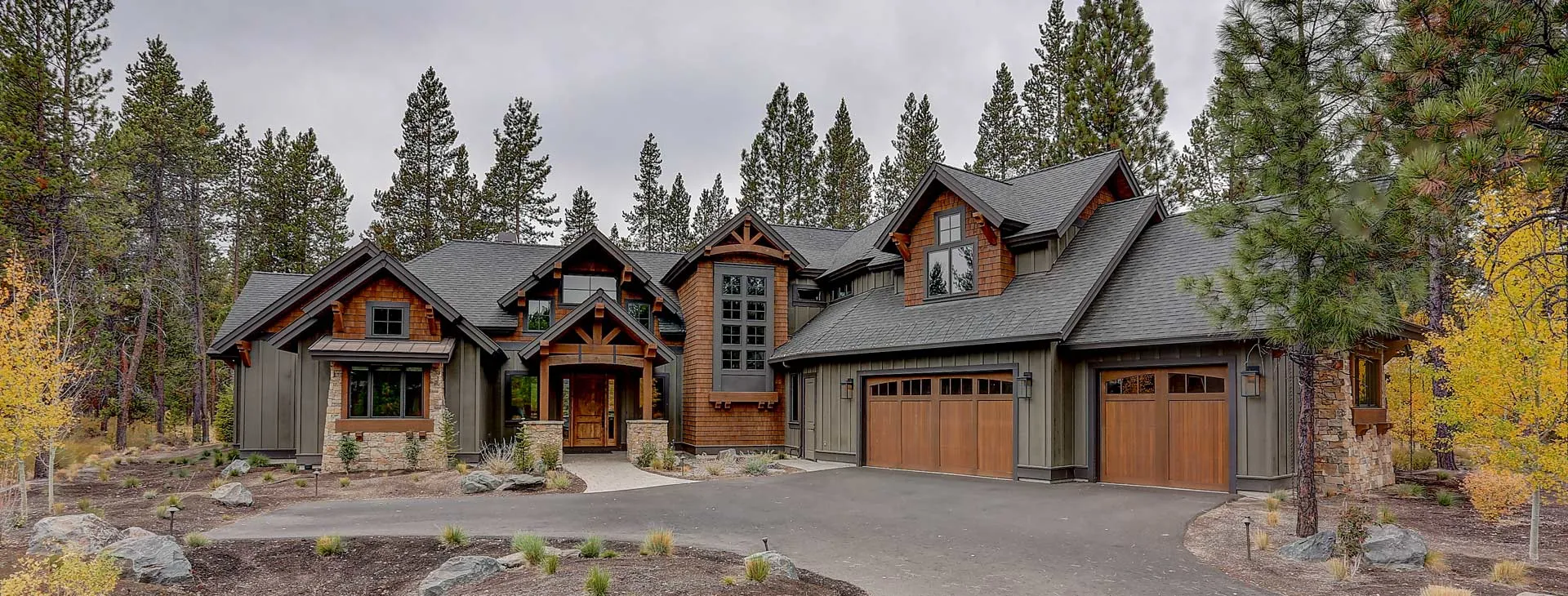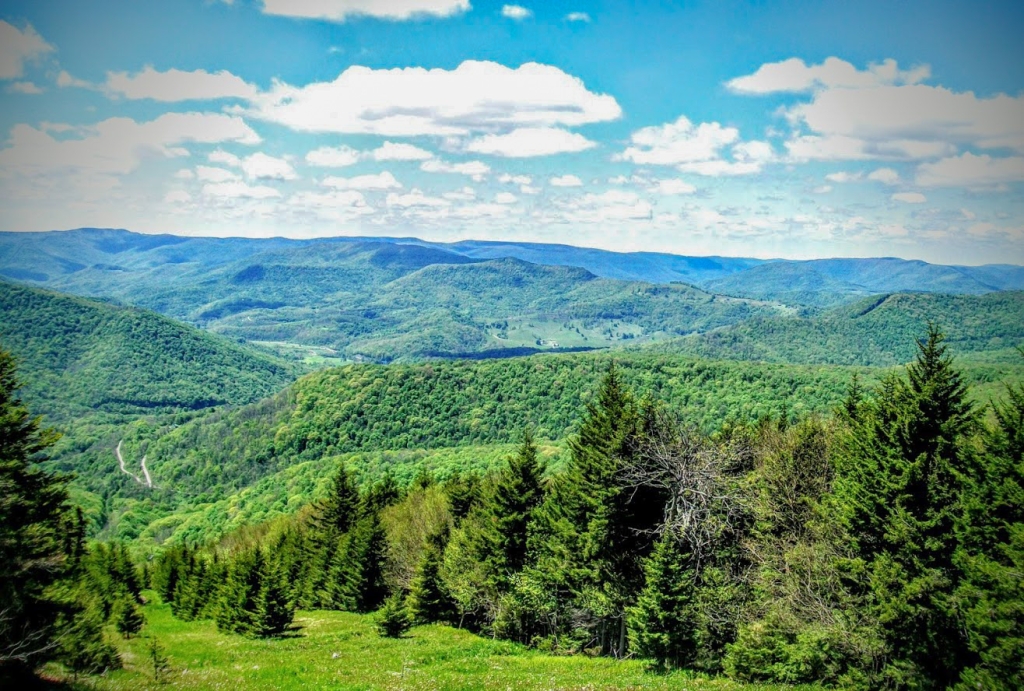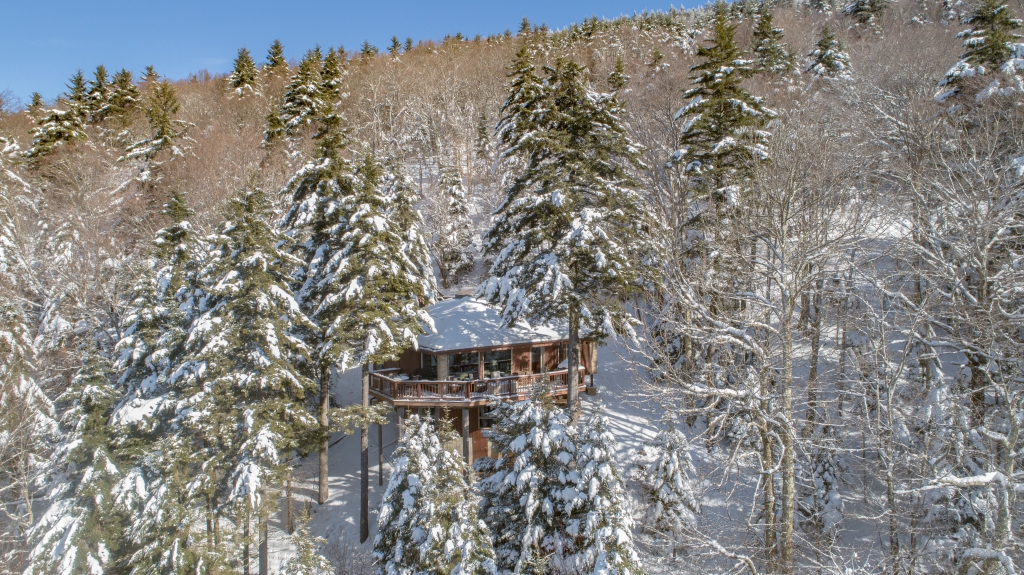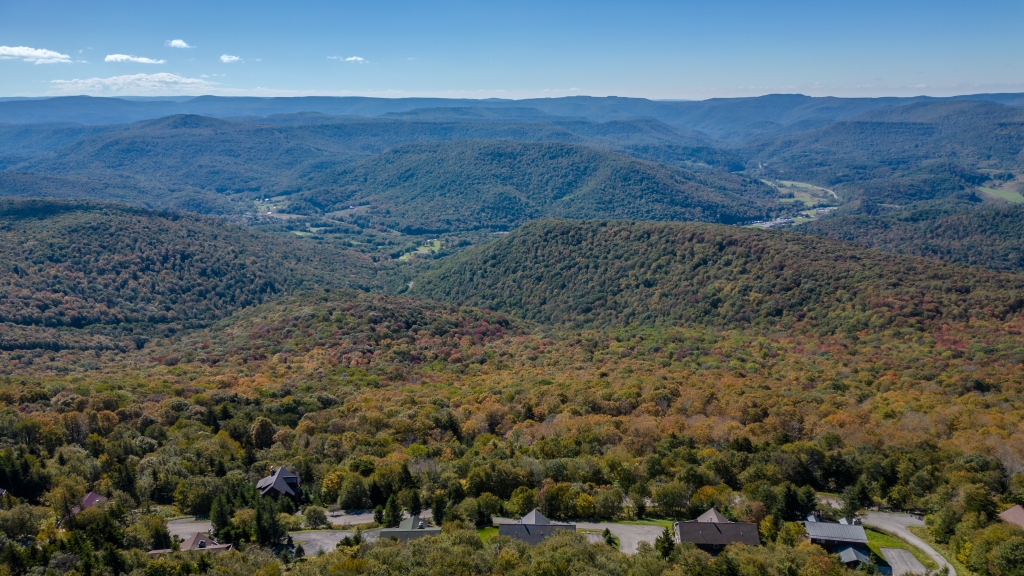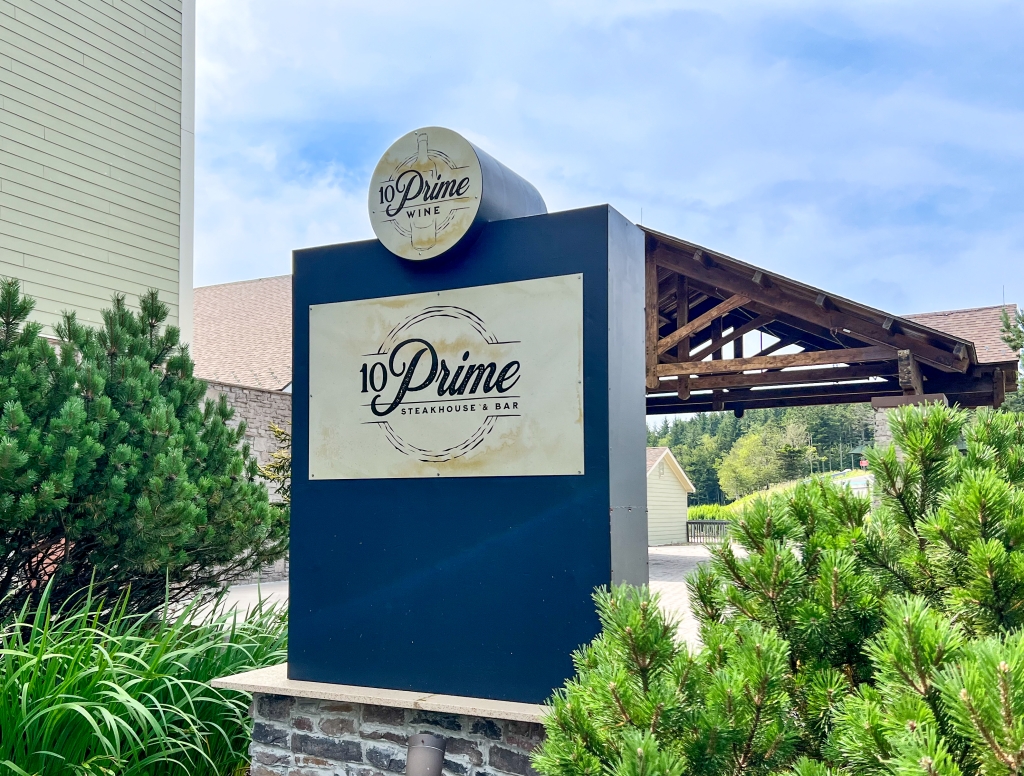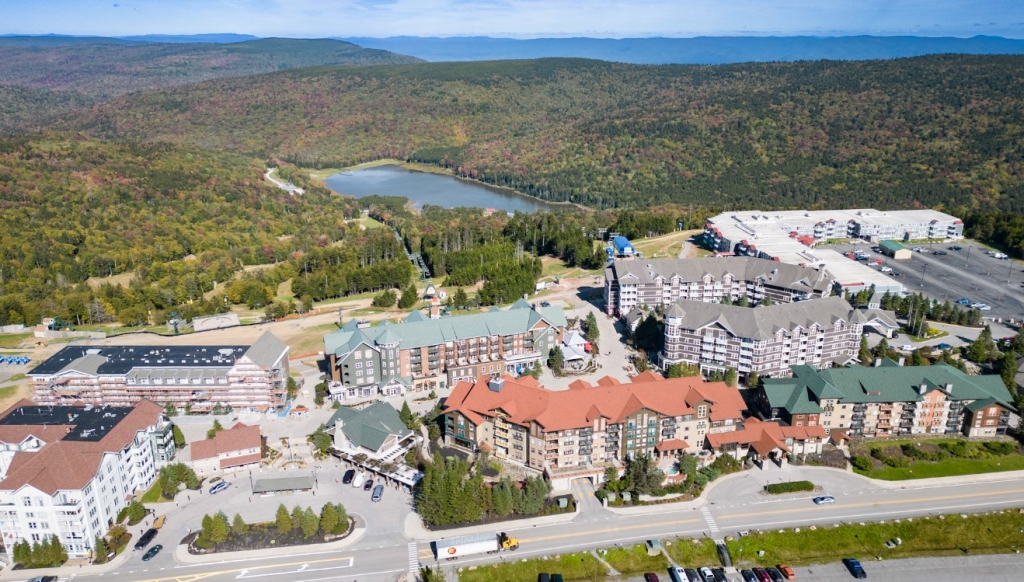SHARE
Building in Snowshoe – Environmental and Architectural Challenges
Nestled within the breathtaking landscapes of West Virginia, Snowshoe is a picturesque destination that attracts many seeking a serene and beautiful place to call home. However, building a dream home in this area comes with its unique set of challenges, primarily due to the environmental considerations for the Cheat Mountain Salamander and adherence to the Architectural Review Committee (ARC) guidelines. In this post, we’ll explore these challenges and offer insights on how to navigate them.
Protecting the Cheat Mountain Salamander
One of the critical environmental considerations in Snowshoe, WV, is the presence of the Cheat Mountain Salamander, a species listed as threatened under the Endangered Species Act. This salamander is endemic to the high elevations of West Virginia, making its conservation a priority in the region.
The Salamander Test
Before any construction begins, a mandatory ‘Cheat Mountain Salamander Test‘ must be carried out. This test involves a thorough survey of the proposed building site to ensure that the habitat of this delicate species is not disrupted. The test is conducted by environmental specialists who assess the presence of salamanders or their habitats. The results of the test had to be reviewed by, and ultimately approved by, the Fish and Wildlife Commission. If salamanders are found, or if their habitat is present, buyers may not be permitted to build. Prospective homeowners must be prepared for a potentially lengthy process that can affect their building timeline and budget.
How Do I Get A Cheat Mountain Salamander Test?
There are several steps and considerations required to obtain permission to build at Snowshoe. Below is a general outline of those steps, as well as potential outcomes:
- The first thing you will want to do is contact Keith Johnson at Mountain State BioSurveys. His contact info can be found here.
- Keith will schedule a time with you to come perform the initial habitat survey (typically in the Spring or Summer, once all the Winter snow has melted). This habitat survey is to determine if the parcel of land includes habitat where Cheat Mountain Salamanders might be present. This survey is not to determine if the salamanders are actually present, but if they could be present based on the land parcel’s habitat. This initial habitat survey costs approximately $2,500.
- If the habitat survey determines that there is no habitat for the salamanders to be present, a report with those findings is filed with West Virginia DNR. DNR may or may not concur with the findings. If they do concur, you should be clear to build on the parcel of land. It is possible that DNR may decide that you should “assume presence“, which means they believe (based on their knowledge) that you have to assume that the salamanders are present – and thus you cannot build. (NOTE: There is some ambiguity as to whether or not DNR actually has this authority, so the process at this point could get convoluted). Lastly, DNR could decide that a full Salamander test is still needed and you would have to proceed with the actual Salamander survey.
- If it was determined that habitat is present, or the DNR requires the full survey, the inspector would then schedule a series of four (4) follow-up inspections. These will be far more in-depth, and thus far more costly. You should expect to pay at least $8,000-$10,000 more (in addition to the original $2,500) for this phase of the survey. If the inspection uncovers the physical presence of the Cheat Mountain Salamander, you will not be allowed to build. If no salamanders are found, the inspection results are sent to West Virginia DNR for final approval. If they concur, you will be clear to build on the parcel of land.
I Don’t Want to Buy Land, Only to Find Out Later That I Can’t Build On It!
Recognizing that a buyer could be potentially be spending a lot of money only to find out that they cannot build, we highly recommend that clients who want to submit an offer on a land parcel should mandate, through their realtor, that the offer includes a critical contingency: the sale’s completion is expressly contingent upon the successful outcome of a comprehensive salamander/environmental inspection. This prudent measure not only safeguards your potential investment but also ensures that the land’s ecological integrity aligns with your aspirations and the community’s environmental standards. By emphasizing this contingency, buyers can proceed with confidence, knowing they are making a well-informed decision that secures their interests and respects the delicate balance of Snowshoe’s unique ecosystem.
Snowshoe Mountain Could Be Working On A Solution
There are unconfirmed rumors that Snowshoe may be working with a firm to develop a Habitat Conservation Plan. A Habitat Conservation Plan (HCP) is a strategy implemented under the Endangered Species Act (ESA) in the United States to balance the protection of endangered and threatened species with the economic activities that may impact their habitats. Essentially, it’s a plan that allows landowners, developers, and other non-federal entities to undertake activities that might otherwise be restricted due to the presence of endangered species, in exchange for conservation measures that benefit these species in the long term. If Snowshoe is successful, this might allow for looser guidelines for those wishing to buy and build on Snowshoe Mountain.
Adhering to ARC Guidelines
Properties situated in Snowshoe Mountain Resort are governed by a range of covenants, restrictions, and design guidelines. A key stipulation is the mandatory approval required from owners and/or project managers before initiating any activities like site preparation, lot clearing, excavation, landscaping, construction, modifications, or renovations on resort premises. This approval procedure is overseen by the Architectural Review Committee (ARC) of Snowshoe, consisting of up to seven members appointed by the president of Snowshoe Mountain Inc.
Click here to review the ARC guidelines.
Architectural Considerations
The ARC guidelines emphasize architectural harmony with the natural surroundings. This means that building designs should use materials, colors, and forms that blend with the landscape rather than dominate it. For homeowners, this can mean additional research and possibly higher costs to source appropriate materials and design a home that meets these criteria. Additionally, building in Snowshoe will require you to adhere to Snowshoe’s CCR’s (Covenants, Conditions, Restrictions).
Community and Infrastructure Impact
Another aspect of the ARC guidelines pertains to the impact on the community and local infrastructure. Prospective builders must consider how their home will fit into the existing community fabric, affecting roads, utilities, and local ecosystems. This often requires a more collaborative approach with local authorities and communities to ensure that new homes are a positive addition to the area.
Navigating the Challenges
Hiring the Right Experts
To successfully navigate these challenges, it’s crucial to work with experts familiar with the specific requirements of building in Snowshoe. This includes hiring architects who have experience designing homes that meet ARC guidelines and environmental consultants skilled in conducting the Cheat Mountain Salamander Test. You will also be required to use a licensed/insured contractor for all construction.
Budgeting for Extra Costs
Prospective homeowners should also be prepared for the possibility of additional costs and delays. Building in an environmentally sensitive area with strict architectural guidelines often means investing more in the planning and construction phases.
Embracing the Process
Again, it’s important to embrace the process and view these challenges as part of the journey to creating a home that not only meets your needs but also respects and enhances the natural beauty and ecological integrity of Snowshoe, WV.
- CLICK HERE TO CONTACT MOUNTAIN STATE BIO-SURVEYS
- You will need to submit the proper application(s) to the ARC. That can be completed online by CLICKING HERE.
- Lastly, you will need to make sure you are using a licensed/insured contractor to build your new Snowshoe home.
Conclusion
Building a home in Snowshoe, WV, is an exciting but challenging endeavor. The need to protect the Cheat Mountain Salamander and adhere to ARC guidelines can complicate the building process. However, with careful planning, the right team, and a commitment to these important environmental and aesthetic considerations, it’s possible to build a home that’s both beautiful and harmonious with its stunning Cheat Mountain surroundings.

